The Red Beanie as a Symbol of Adventure
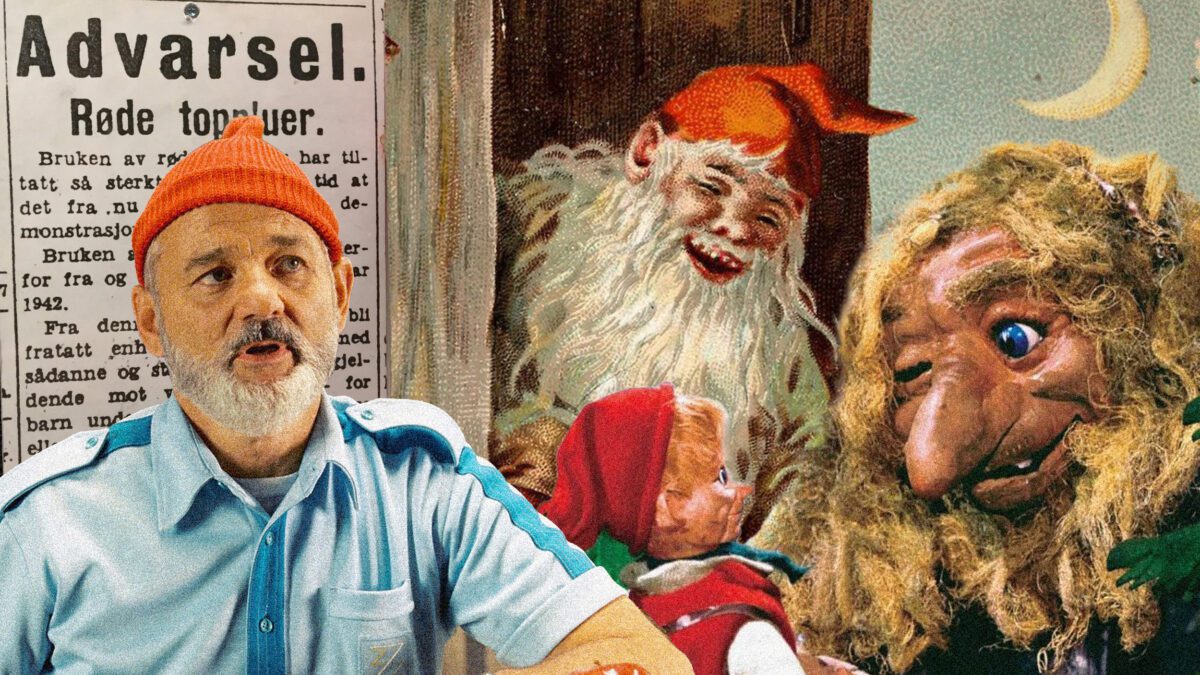
Red beanies stand for adventure and exploration. It’s a worldwide phenomenon, but it also has roots digging through Norwegian folklore into underground WWII resistance groups. How did it become such an iconic piece of headwear, and what is the origin of the red beanie?
Traditionally, a beanie, or a knit cap (which is the most accurate term), is a working man’s outfit. Fishermen, foresters, farmers, explorers — anyone spending their work days outside in the Scandinavian climate would preferably have a cap in handy to regulate temperature.
In the Viking age, the caps were crafted using nålebinding — “binding with a needle”. This is a single-needle form of knitting, less efficient than the modern style, but with its own look and feel. It was around the 16th century that modern two-needle knitting entered Scandinavia, and slowly took over as the primary way of knitting caps.
Wool has historically been the choice of beanie material in Scandinavia, both because of its availability and its superior insulation in wet or moist conditions.
That’s just a quick introduction to knit caps — now, why are they red?
Askeladden — the original Norwegian red hatter
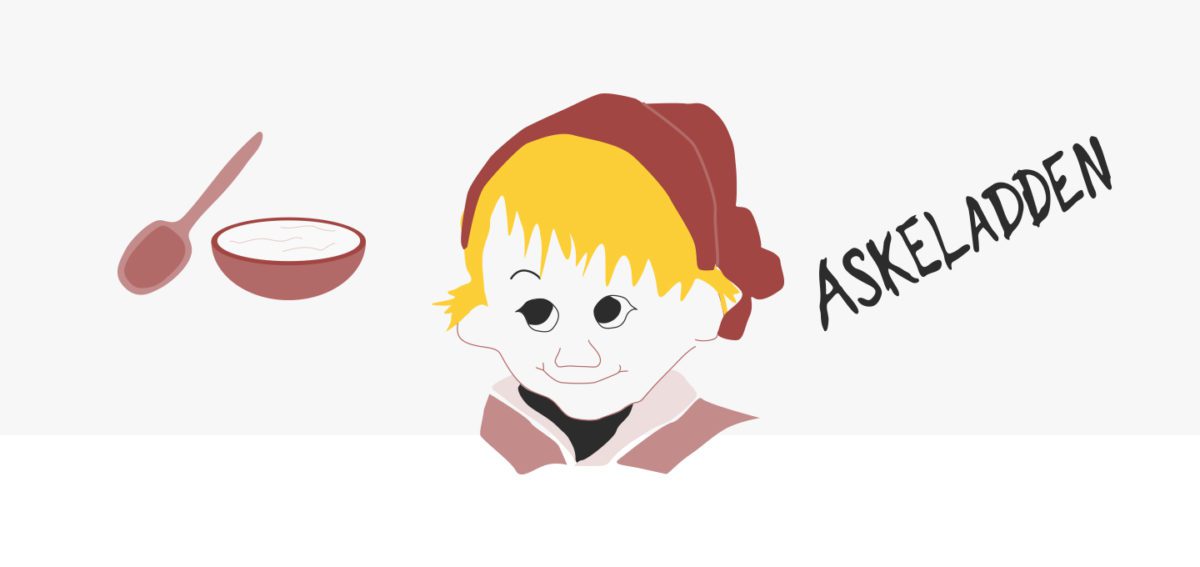
In Norwegian folklore there is a recurring character — seemingly present in every great fairy tale. His name is Askeladden — “The Ash Lad.” A simple working class hero, famous for outwitting a troll, flying a magical ship, and wearing his infamous 70-kilometer boots. And at the end of each tale he iconically wins the hand of the princess and half the kingdom — all the while wearing a red knit cap with a pom-pom.
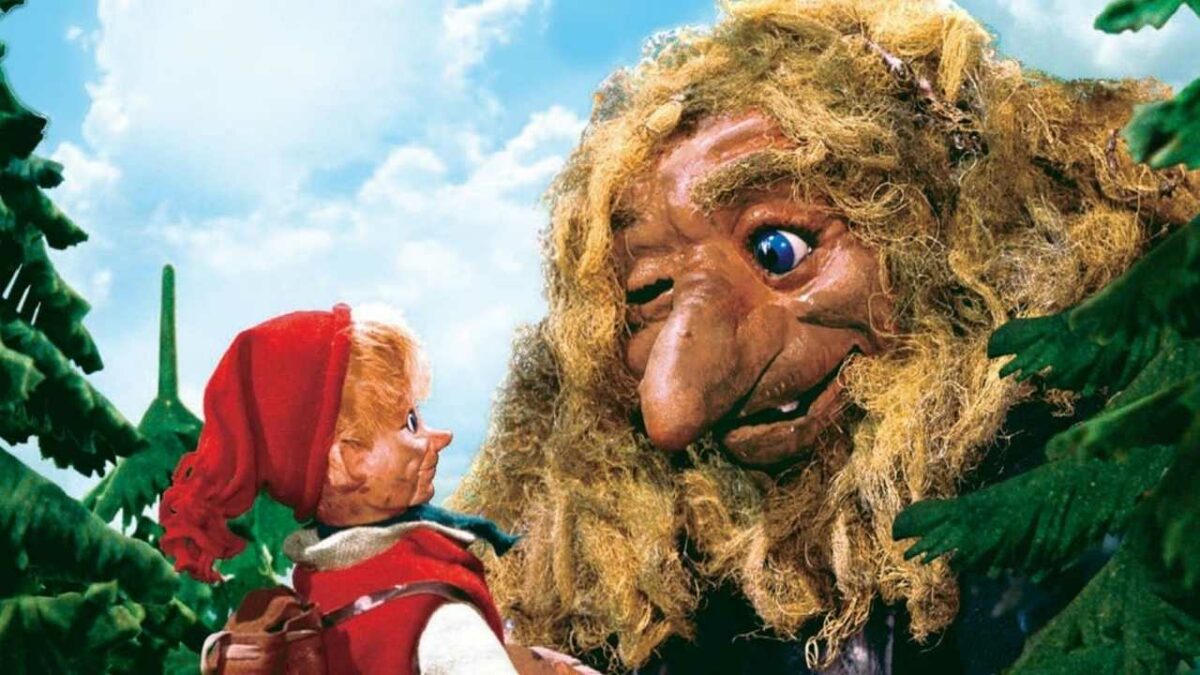
The beanie with a pom-pom is incredibly Norwegian — though all of Scandinavia probably could claim it as theirs — and I did absolutely grow up wearing one of those.
We call them topplue — “top-beanie.” The top refers to the pom-pom. The one I wore the most growing up was sadly not a red one, but a black cotton beanie streaked with really ugly pink lines. It was a beanie I snagged out of my dad’s drawer. I will spare you the picture for now.
Etymological Sidetrack: The word “adventure” shares a common root with the Norwegian word “eventyr.” The Norwegian word means both “adventure” and “fairy tale.” And that connection makes sense. Almost all Norwegian fairy tales is about someone going on an adventure. And their main poster child is our red beanie wearing friend Askeladden.
The fjøsnisse — the Norwegian mischievous version of Santa Claus
Looking at Askeladden, a Norwegian mind cannot help but see a bit of the classic Norwegian fjøsnisse — just from a visual perspective I mean.
And if you think this is deviating from the purpose of the article — just you wait. I will blow your mind.
The fjøsnisse — apart from being a classy Norwegian insult — is a little guy that is presumed to live on the hayloft of farms, and come out at night. Based on how you’ve treated him, he helps or sabotages things around the farm.
Before the image of the fjøsnisse coalesced into what we imagine today, it had many forms. A mischievous spirit. A small goblin hiding in the hayloft. But Christmas was special — one would then put out a little porridge on the porch to thank him (and bribe him into not sabotaging you in the future).
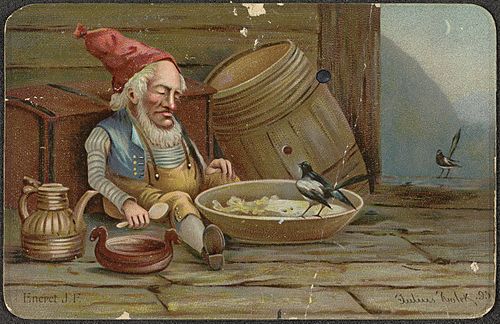
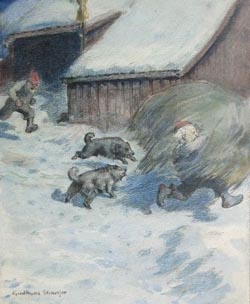

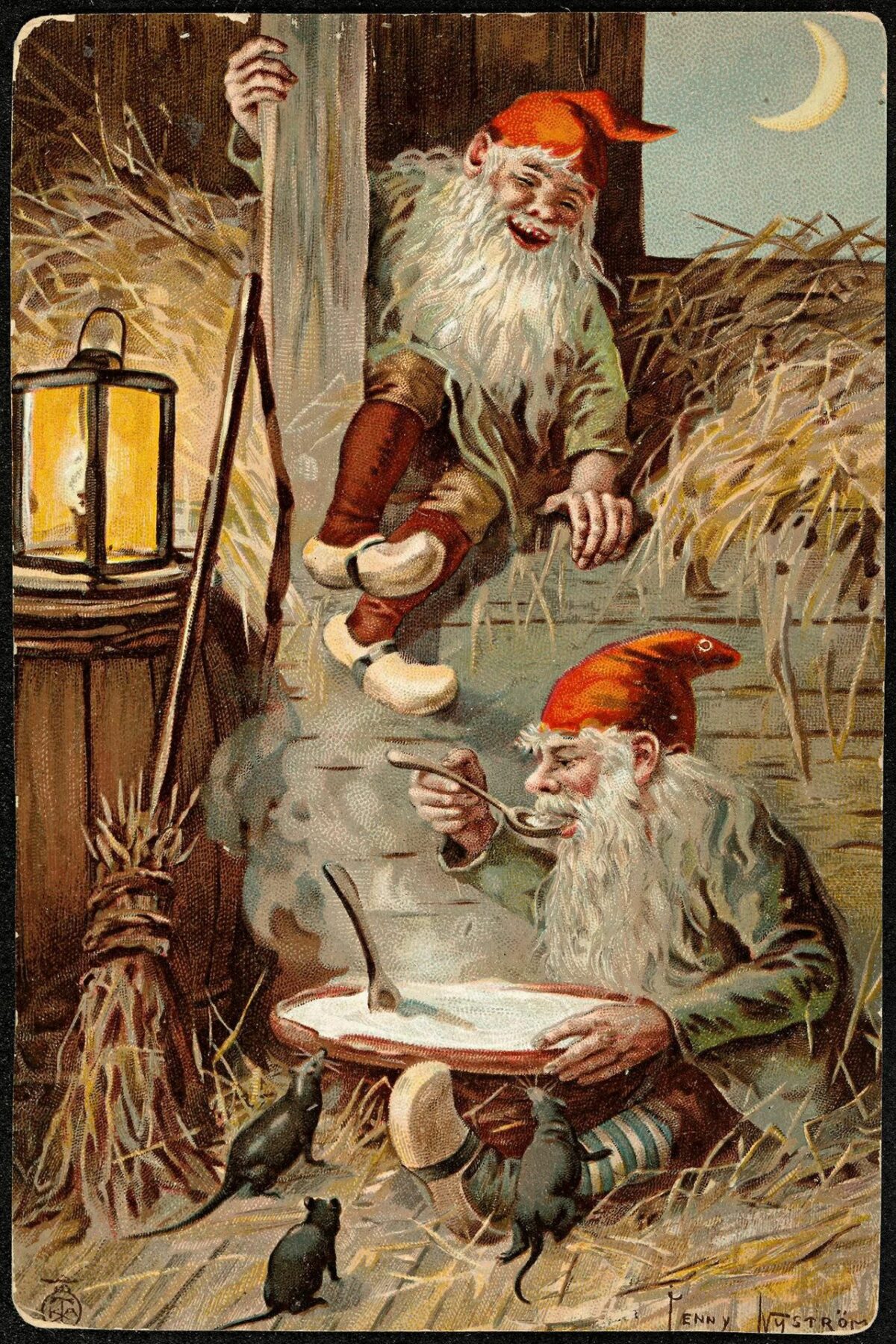
The Christmas tradition of putting out the porridge was the last fjøsnisse-related activity to be observed. Therefore the fjøsnisse in the public imagination, became synonymous with Christmas. And when the red Coca-Cola empowered version of St. Nicholas arrived in Scandinavia, it blended together with our own nisse, until the goblin/spirit version of the fjøsnisse, had been fully enveloped.
Now we Norwegians confuse our nisses — but it was not always so.
The red fjøsnisse-beanie as a WWII resistance statement
We’re getting into the Norwegian true meaning of the red beanie — and though you won’t believe it yet, it all ties back to the fjøsnisse.
Norway was occupied from 9 April 1940, when official armed resistance seized, until 8 May 1945. During these times the fjøsnisse became a symbol of Norway. As an example, mentioned by Pål on his Norway blog, a Christmas card print batch featuring the fjøsnisse was outlawed shortly after its printing in 1941, due to its patriotic nature.
And stemming from the nisse as a symbol of Norway, people began wearing red hats as a silent protest against the occupation. Shortly after, this too was outlawed, as is shown on this museum exhibit on WWII in Norway.
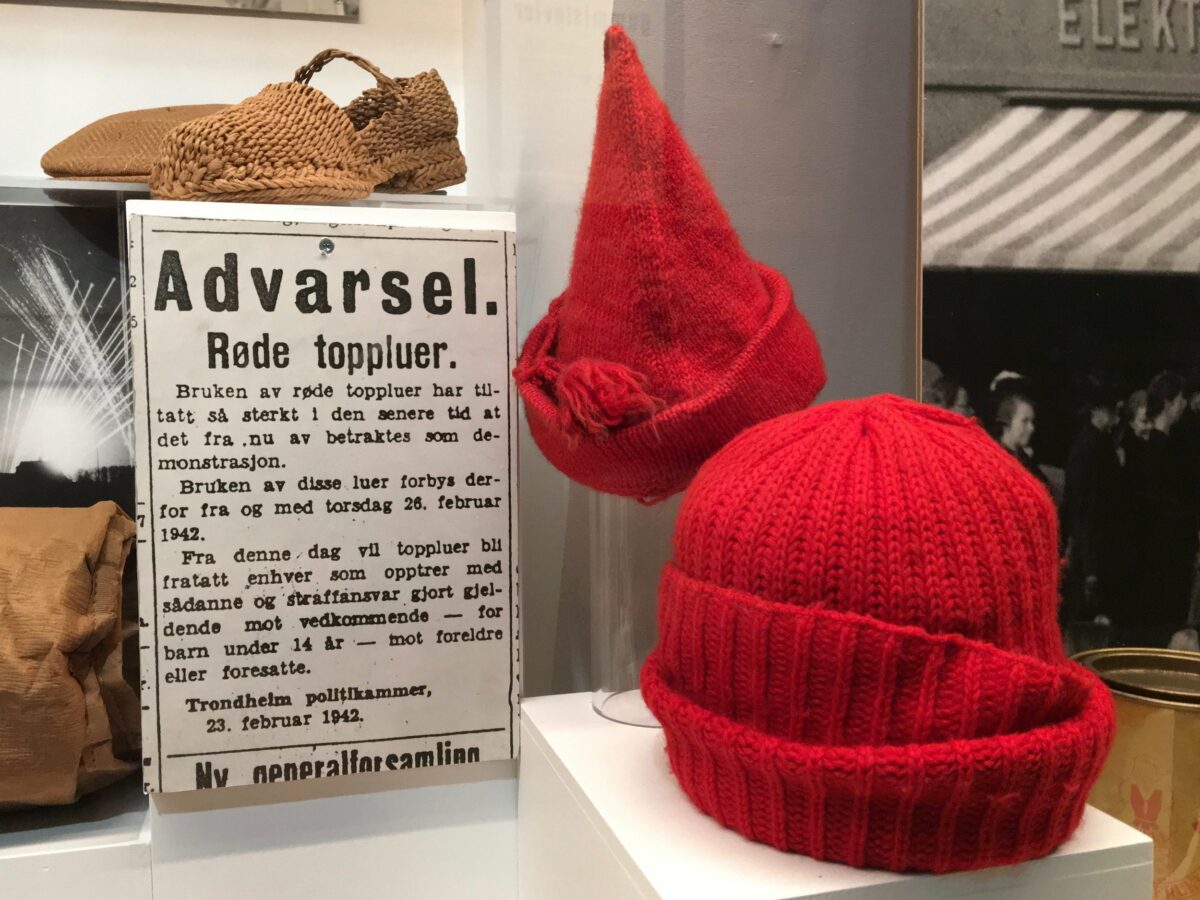
So here we are. The Norwegian roots of the red beanie as an adventurous, rebellious, and bold symbol. And now it’s time to zoom out and look at the red beanie in the rest of the world.
Honorable mention — Olav Thon

Before we zoom out, I just want to add a shout out to a modern day Norwegian red beanie legend.
Olav Thon is a hotel owner in Norway — Thon Hotels — and he embodies the chill Norwegian soul, and the nearness to nature we all seek.

He wears colorful suits to high end business meetings, and is quoted saying something like the following.
If I had to wear those regular black suits, I would be bored to death.
My Paraphrase of Olav Thon
He is an honorary member of the Norwegian tourist union, and spends huge amounts of time in nature — a true son of Norway. But this, of course, is not our favorite part of him. We have to look higher.
He faithfully wears a red knit cap. He has proven one can wear a knit cap to business meetings and still be successful. Thank God!
So when I wear my red Southlander in Norway — no surprise — people keep calling me Olav Thon.
Anyway, let’s move on to the international section.
Jacques Costeau — bringing the red beanie to the big screen

If we are talking about one person in the entire world that made the red knit cap into a symbol of exploration, one must not forego Jacques Cousteau.

Diving equipment pioneer, driven by his desire to film the undersea world, and make it into documentaries. He went from a passionate film creator to a household name around the world, with his own tv-show. And the red beanie never left his head.
The red beanie was standard issue for divers in the British Navy, and from there became an icon of divers across the world. It was this culture Jacques Cousteau tapped into when wearing his wool cap all the way into the limelight.
The sea, once it casts its spell, holds one in its net of wonder forever.
Jaques Yves-Cousteau
Cousteau became a face for adventurers all across the globe, and the red hat did not go unnoticed. And most impactfully, was its picking up by Wes Anderson.
The Life Aquatic with Steve Zissou
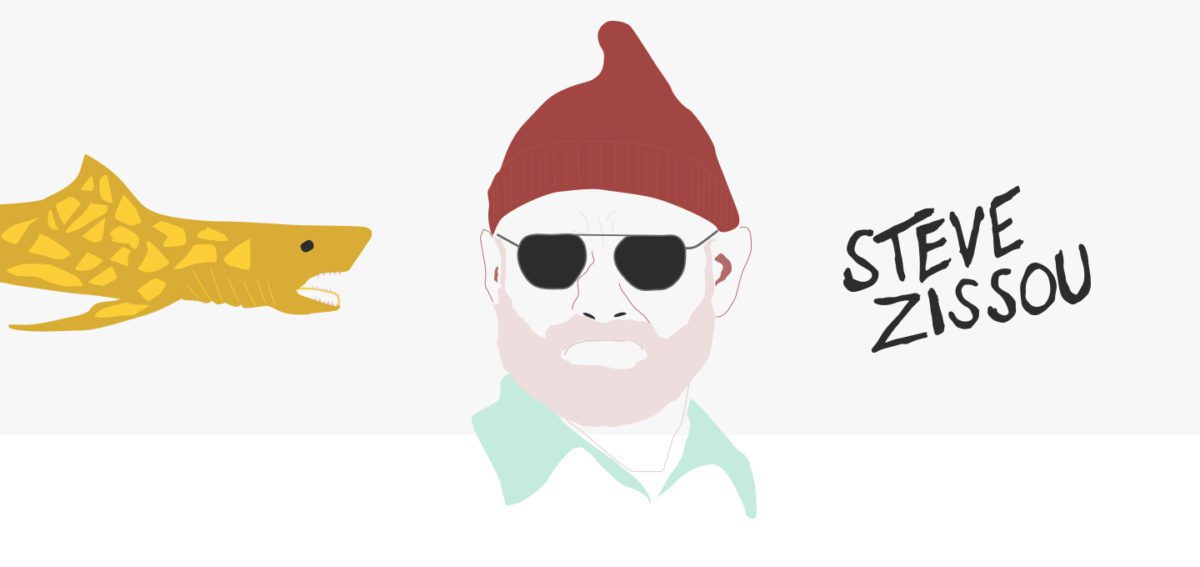
Featuring the red beanie in the 2004 movie The Life Aquatic with Steve Zissou, Anderson brought the connotation between red hats and adventure to a new generation across the globe.

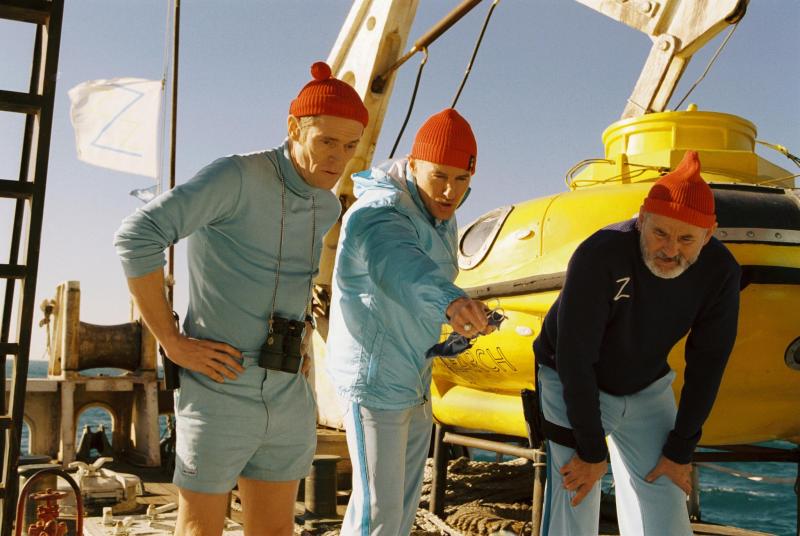
The movie is a case study in red beanies. Their crew colors in the film are blue shirts and red knit caps. Some of them wear rounded caps like the Southlander, and Zissou himself wear an iconic pointy-tip one that was part of influencing the design of our North Cap. Also one can see a really nice pom-pom flapping around in the movie.
The film is completely based off of Jaques Cousteau, and is in fact dedicated to him.

Every time you put that hat on, you move the culture forward
Why did red end up as the symbol of adventure? I mean, why did people choose red in the first place, and why does the color keep drawing people, though they know nothing about its history.
Well, I don’t mean to sound snide, but it’s just a color. And it happens to be one that stands out. Now the symbolism we add to it is ever changing, and with each person wearing one, you add to the legend.
I have noticed the effect of the stand-out nature of red. I am a relatively tall guy, and whenever I am to meet somebody downtown, they instantly spot me from a distance because of the red hat. It is more than a hat, it’s a GPS! The red really stands nicely out against more muted colors, and makes it a crown piece of your outfit.
Honorable mention #2 — Mora Nisse

One of Sweden’s great sons, Mora-Nisse — a famous cross country skier — became known for wearing his red beanie as part of his competing outfit. He is one example of those that bring the culture into the limelight again, by sticking with one and the same style.
He won the infamous Vasaloppet in Sweden year after year, all in all nine times! And all of this while wearing a nice red beanie with a pom-pom dangling from the top. I bet he was easy to spot in the track with that red hat against a backdrop of white snow.
I don’t know if the red hat is why he was named such, but if you’ve read this far, you will notice “nisse,” in his name. Hinting at the roots of his choice.
Adventures, fairy tales, bold colors, red knit caps! It is all connected like the stitches that make up one of our hand knit caps.
I really enjoyed your history of the red hat. Adventure abounds for those that are willing to be brave the world while wearing such an accessory. I hope to count myself among such fine company.
Thanks 🙂 I am sure you can!